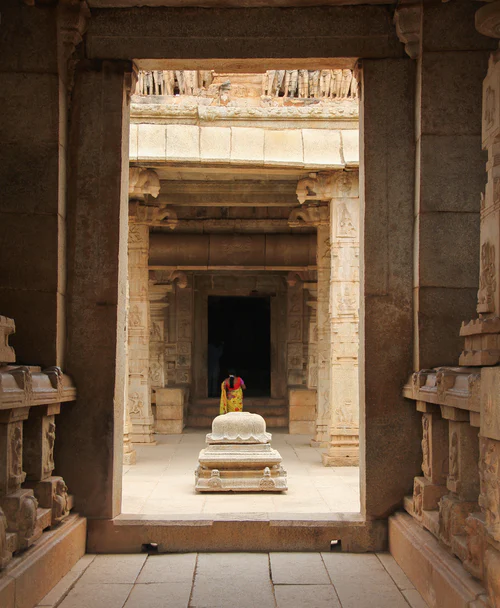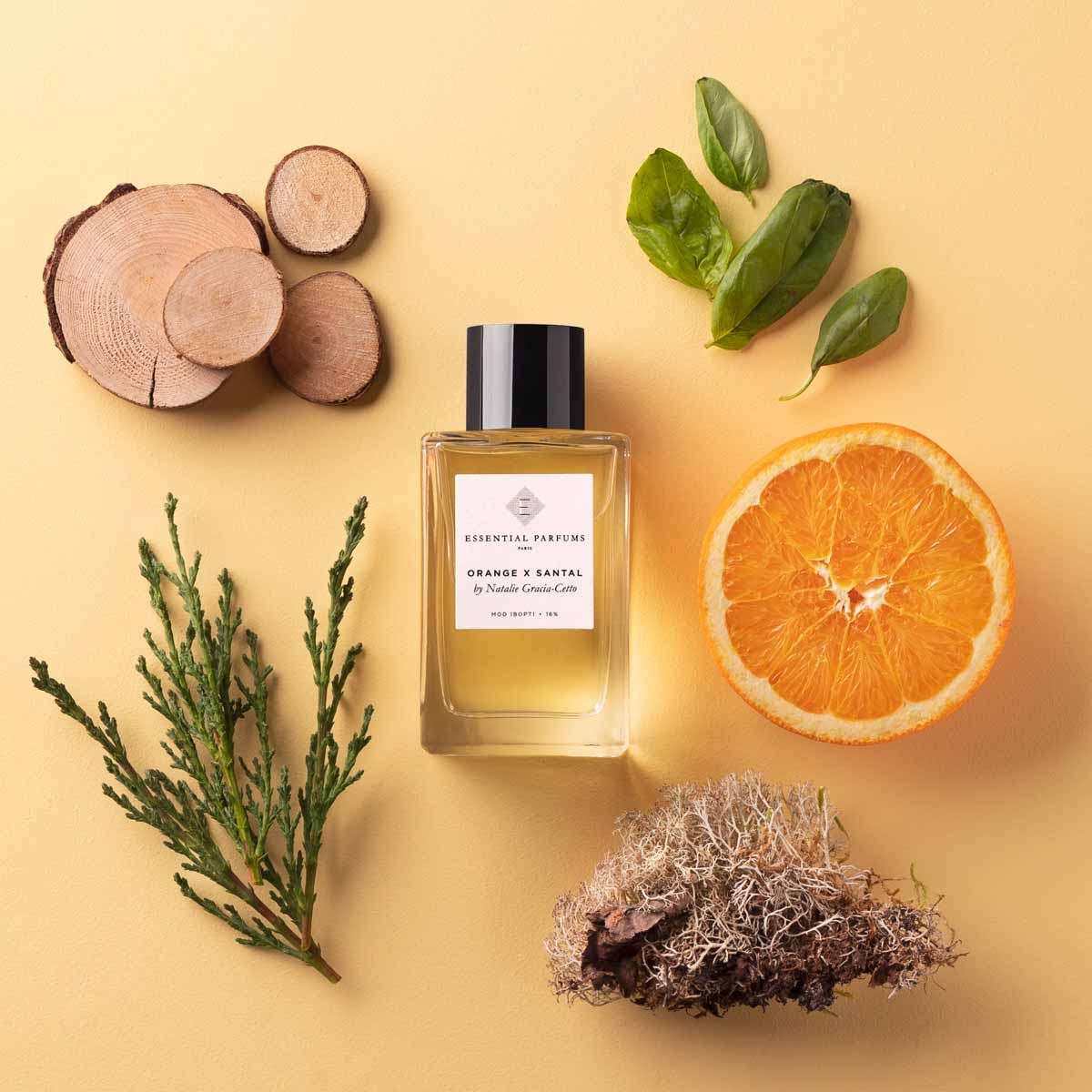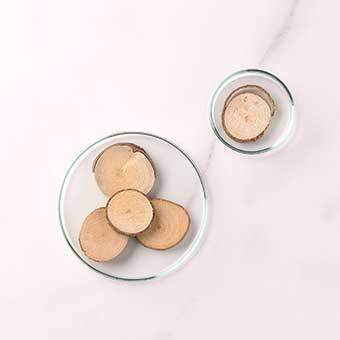What about the most expensive wood in the world?
par Essential ParfumsLike gold, it has several colors, white, yellow, red …
Small tree with an anonymous silhouette and a thin trunk, sandalwood has nothing spectacular at first glance. It is however the most expensive wood in the world. Sandalwood is used to obtain an essential oil with creamy accents that is one of the rarest raw materials in perfumery. It is an endangered species in several regions of the world.
Originating from India, Sandalwood is made up of 15 species including Sandalwood Album or White Sandalwood which has been used in religious rituals for thousands of years. Several species of Sandalwood are harvested in India but also in Sri Lanka (Sandalwood Album), New Caledonia (Sandalwood Austocaledonicum) and Australia (Sandalwood Spicatum & Album).
Sandalwood, the perfume of humanity:
Sandalwood is an ingredient used for thousands of years. Probably already burned during prehistoric ceremonies, sandalwood was used in ancient Egypt for the embalming of mummies. Its olfactory and medicinal properties, to cure stomach aches, are known since antiquity. As in China and India, its use is becoming more and more widespread and assiduous. It is becoming increasingly rare to obtain this raw material.
The different waves of European colonization have also increased the trade of this raw material. Used as incense in Indian religious ceremonies, its olfactory power is no longer a surprise to anyone. At the dawn of the 19th century, its use in perfumery, through distillation, leads to an increase in needs.
It became one of the rarest and most expensive ingredients in perfumery.
Sandalwood, a divine wood:
In India, where it comes from, sandalwood is everywhere. In perfumes, since attars (alcohol-free perfumes) are all based on sandalwood essential oil, but also in the air, as a component of the incense that burns in every temple. Being associated with many Indian deities like Shiva or Ganesh, it is at the heart of the Hindu religion.
So what does it smell like?
The smell of Sandalwood Album is often described as woody, warm, milky, creamy, velvety, subtly leathery, earthy, with greasy and animalic facets. It is an ingredient that corresponds to both male and female perfumes.
This is the case of Orange X Santal by Nathalie Gracia-Cetto, a mixed, bright, sensual and joyful fragrance.
Natalie Gracia-Cetto has imagined “a fresh and sensual fragrance where the sparkling and pulpy facets of Italian bitter orange play with the creamy sweetness of a magnificent Australian sandalwood album.”
Orange X Santal is revealed by a joyful, juicy, pulpy facet of a magnificent natural bitter orange from Italy. Its character is enhanced by a green note from a natural basil absolute from Egypt and aromatic and balsamic facets from a French oak moss absolute. It is then contrasted by the creamy softness of a natural cypress wood from France and a majestic album sandalwood from Australia. Its development is the result of a sustainable development program protecting aboriginal communities. The Australian Sandalwood is sustainably harvested by Aboriginal communities in South and West Australia.
Did you know that?
It is said that sandalwood protects, because its heart would contain an antidote to the venom of snakes that often live on its trunk.
And now some figures, 1 Sandalwood allows to obtain 75 kg of heartwood, which will produce 3 kg of essential oil, sold on average at 1700 euros/kg. 1 sandalwood tree is worth about 5100 euros !!!


